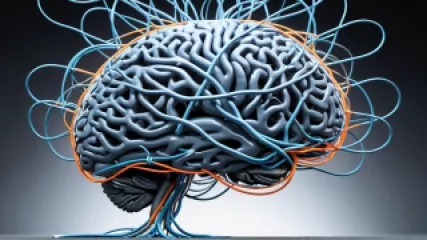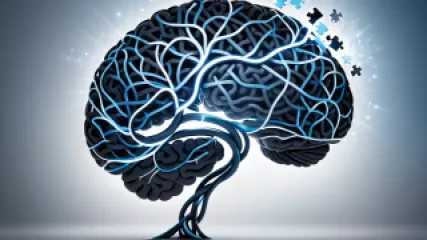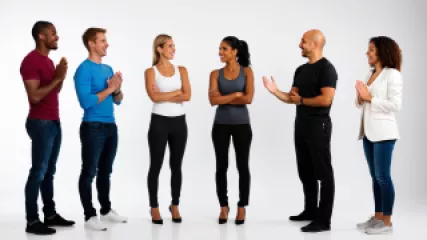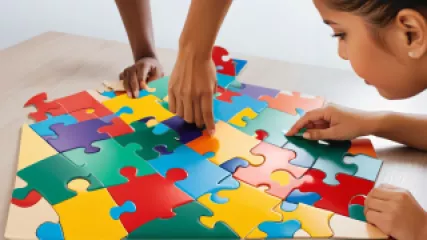Effective Parenting Tips for Improving Family Relationships
1 vuosi sitten
Vanhemmuusvinkit
Enhancing Cognitive Flexibility: A Step-by-Step Guide
1 vuosi sitten
Kognitiivinen joustavuus
Effective Steps for Addressing Guilt
1 vuosi sitten
Syyllisyyden käsittely
Mastering Cognitive Flexibility: A Step-by-Step Guide
1 vuosi sitten
Kognitiivinen joustavuus
Uncovering the Power of Body Language Exercises
1 vuosi sitten
Kehonkielen perusteet
Mastering Cognitive Development: A Step-by-Step Guide
1 vuosi sitten
Kognitiivinen kehitys
Exploring the Superstitions: An Interview with a Psychologist
1 vuosi sitten
Taikauskojen takana oleva psykologia
Effective Strategies for Handling Workplace Bullying
1 vuosi sitten
Työpaikkakiusaaminen
Exploring Cognitive Development Strategies through Popular Books and Movies
1 vuosi sitten
Kognitiivinen kehitys
Implementing Green Therapy Techniques for Sustainable Living
1 vuosi sitten
Kestävyyden psykologia
Effective Strategies for Emotional Support with Chronic Illness
1 vuosi sitten
Kroonisen sairauden käsittely
Mindful Practices for Sustainable Living: My Journey to Integrating Psychology and Sustainability
1 vuosi sitten
Kestävyyden psykologia
Expert Wellness Coaching Tips: An Insider Interview
1 vuosi sitten
Hyvinvointivalmennus
Balancing Act: Parenting Tips for Single Parents
1 vuosi sitten
Vanhemmuusvinkit
Learning Cognitive Flexibility Tools from Popular Movies
1 vuosi sitten
Kognitiivinen joustavuus















